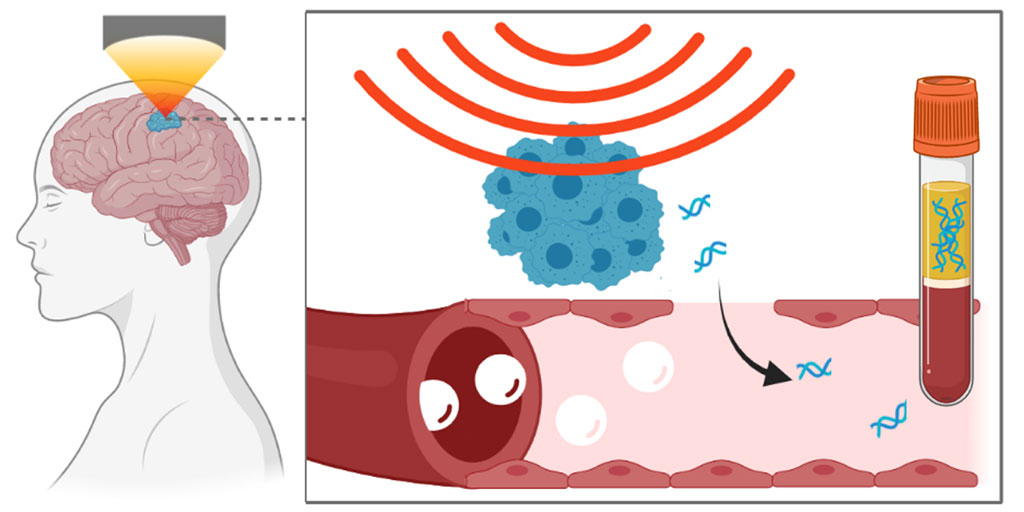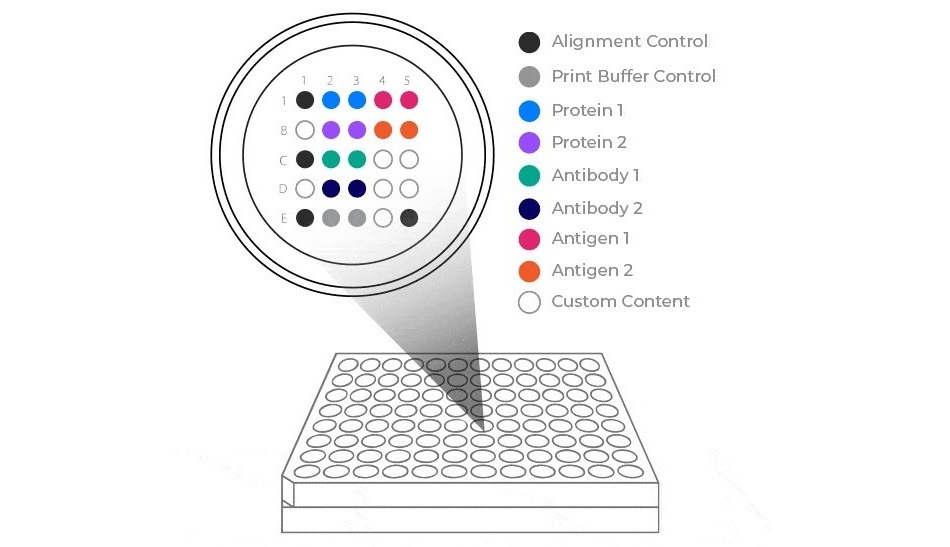Focused-Ultrasound-Mediated Liquid Biopsy to Facilitate Diagnosis of Neurodegenerative Disorders
Posted on 01 Feb 2023
A number of progressive neurodegenerative disorders, including Alzheimer’s disease, are defined by having tau proteins in the brain. Researchers are trying to identify the mechanisms behind these tau proteins for developing treatments, although their attempt to detect biomarkers in blood has been hindered by the protective blood-brain barrier. Now, new research has found that using focused-ultrasound-mediated liquid biopsy in a mouse model released more tau proteins and another biomarker into the blood than without the intervention. This noninvasive method could aid the diagnosis of neurodegenerative disorders, according to the researchers.
The results of the new research by investigators at Washington University in St. Louis (St. Louis, MO, USA) are the first to pave the way for noninvasive and targeted diagnosis and monitoring of neurodegenerative disorders using focused-ultrasound-mediated liquid biopsy. Using focused ultrasound, the method, known as sonobiopsy, targets a precise location in the brain. Once located, the researchers inject microbubbles into the blood that travel to the ultrasound-targeted tissue and pulsate, which opens the blood-brain barrier safely. The temporary openings enable biomarkers like tau proteins and neurofilament light chain protein (NfL), both of which are indicative of neurodegenerative disorders, to pass through the blood-brain barrier and release into the blood.

In the new research, the team obtained blood samples from young mice with abnormal tau proteins in the brain, or tauopathy, receiving either sonobiopsy or sham treatment. They found that sonobiopsy led to a 1.7-fold-increase in the normalized phosphorylated pTau-181 tau protein levels and a 1.4-fold increase in normalized pTau-231 as compared with the control mouse group that had not had sonobiopsy. In a follow-up study, the researchers performed targeted sonobiopsy by targeting either the hippocampus or cerebral cortex in the early neurodegenerative stages of the tauopathy model and obtained blood samples before and after performing sonobiopsy. The targeted sonobiopsy led to a 2.3-fold increase in NfL protein, a secondary biomarker for neurodegenerative diseases, in the treated mice as compared with the control group.
Other liquid biopsy methods used to detect biomarkers for neurodegenerative disorders pose several challenges, such as lack of anatomical information about the location of the protein release, rapid clearance from the fluids and a filtering process by the blood-brain barrier. Sonobiopsy is an emerging technique that promises to address these and other challenges. Going forward, the researchers plan to examine the qualitative effects of sonobiopsy on plasma biomarkers and characterize the effects of focused ultrasound parameters. The will also determine an optimal blood collection time and how sonobiopsy can be applied to release larger brain-derived protein biomarkers.
“In our proof-of-concept study, we sought to determine whether sonobiopsy is able to release phosphorylated tau species and NfL into the bloodstream by opening the blood-brain barrier,” said Hong Chen, associate professor of biomedical engineering in the McKelvey School of Engineering and of radiation oncology in the School of Medicine at Washington University in St. Louis. “This demonstration showed that sonobiopsy significantly enhanced the release of pTau proteins and a secondary marker of neurodegeneration into the bloodstream for noninvasive diagnosis for neurodegenerative diseases.”
“While brain tumor behavior and treatment response are dictated by the specific mutations they harbor, the tau protein shows great heterogeneity in the pattern of phosphorylation as well as other post-translational modifications,” added co-senior author Arash Nazeri, MD, an assistant professor of radiology at the School of Medicine’s Mallinckrodt Institute of Radiology (MIR). “Current PET imaging and recently developed plasma biomarkers are sensitive to detect tauopathies even in early stages. Sonobiopsy could potentially play a role to further characterize the specific strains of tau protein present in the brain for personalized treatment of people with Alzheimer’s disease and other tauopathies.”
Related Links:
Washington University in St. Louis










 (3) (1).png)


